If your carpets feel cold and damp when you walk over them, one of these 5 serious problems could be the culprit
And what you can do to prevent mould and musty odours
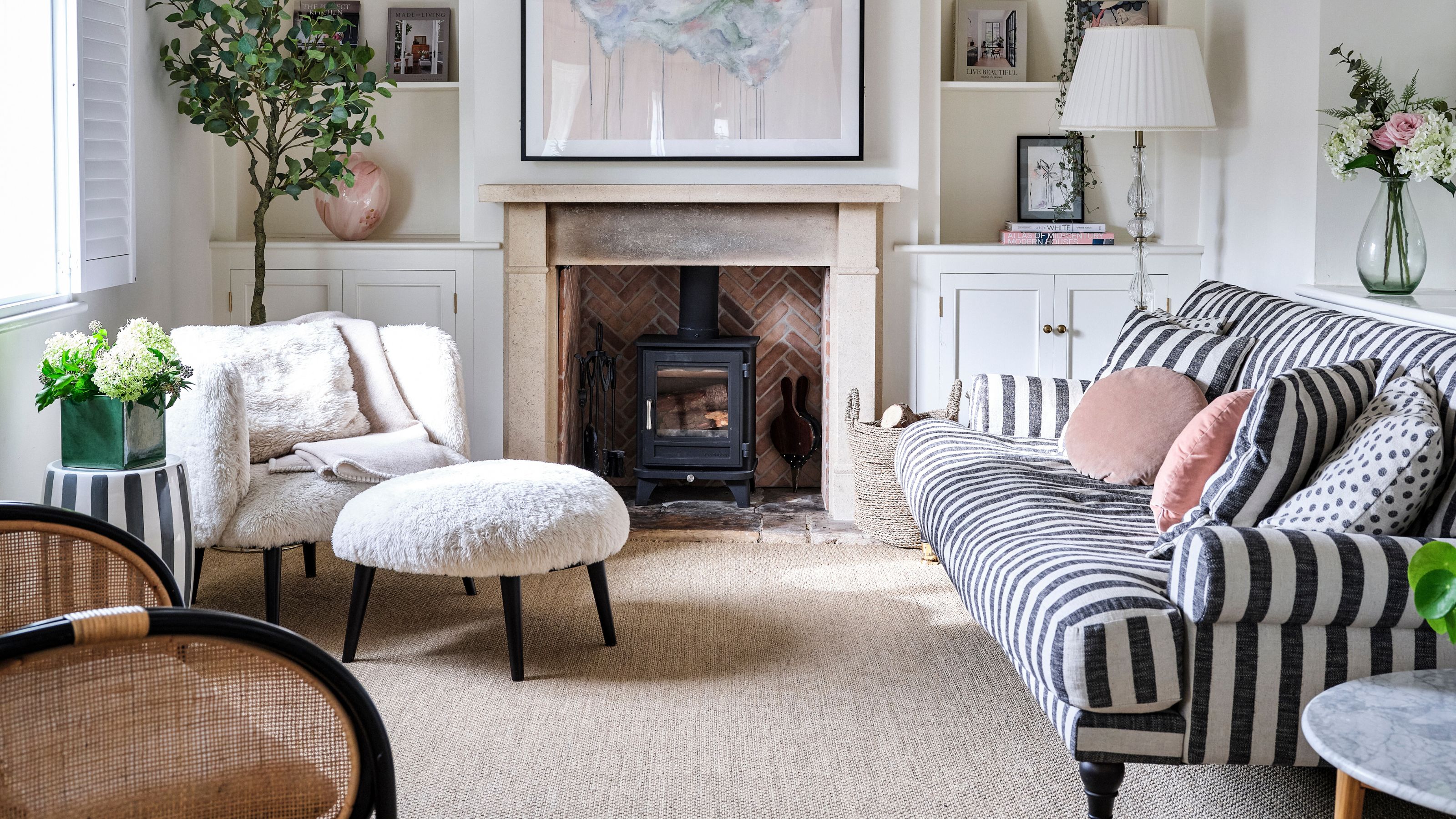

If you’re part of the no-shoes-on-the-carpet club (which everyone should be a member of, in my opinion), there’s a high chance that you’re familiar with the feel of your carpet under your feet. But if you start to notice colder, wetter patches, you might start to wonder why your carpet is damp. And rightly so.
Damp carpets, sadly, aren’t uncommon in UK homes, especially during the winter months. However, it’s important to take stock of any changes to your carpets if you’re serious about getting rid of damp in your home as a whole. After all, damp carpets can lead to mould build-up, bacteria growth, musty odours, and serious damage to your home’s foundations.
Left untreated, damp carpets can cost you an extortionate amount of money - and not just for replacing your carpets. That’s why I’ve compiled everything you need to know about why your carpets are damp and what you can do about it.
1. There’s too much moisture in your house
Damp and condensation become a huge problem during the colder months, as the lack of ventilation and excess moisture from cooking, showering, and drying clothes indoors can lead to dangerously high humidity levels. With rising energy prices, many homes also fail to maintain the ideal temperature needed to prevent mould.
With nowhere to go, the excess moisture settles on your carpets and seeps into the fibres, making your carpet feel damp. The best way to combat this and prevent damp carpets is to use one of the best dehumidifiers to control and reduce the moisture levels in your house. I’d suggest using a dehumidifier and an air purifier at the same time, or buying a dehumidifier that also has a HEPA filter.
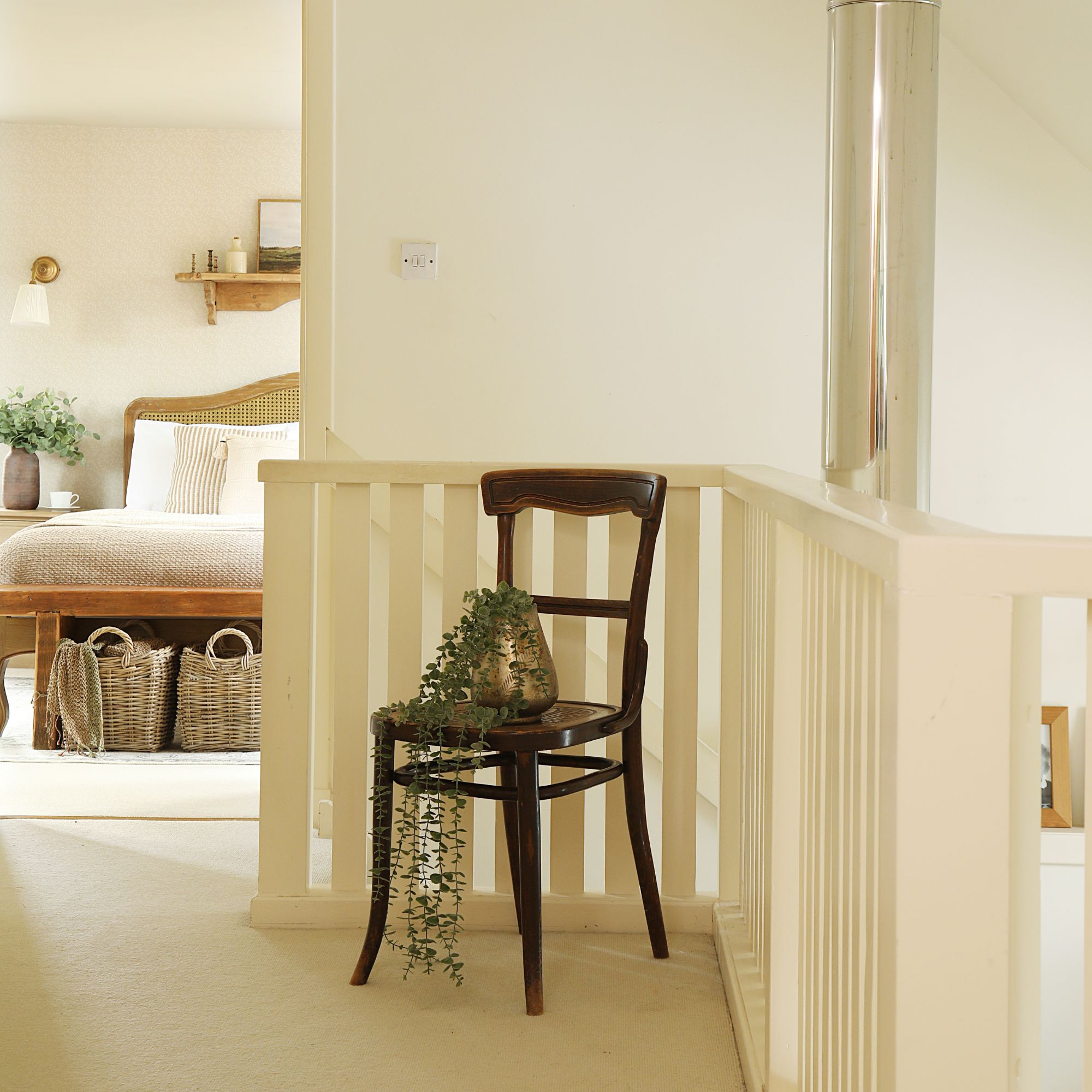
The MeacoDry Arete Two Dehumidifier/Air Purifier fits that bill perfectly. After all, Giles Fallan, the CEO of Buildsafe, warns, ‘Carpets, curtains and bedding, and other soft furnishings around the home can all harbour dust mites. These little critters are known to thrive in warm, damp conditions, and can actually trigger allergies.’
It’s also worth using a hygrometer like this ThermoPro Small Digital Hygrometer (£10.99 at Amazon) to keep an eye on your moisture levels, opening windows for just 10 minutes every morning, utilising extractor fans when cooking or showering, and drying laundry in a non-carpeted room to keep moisture on and around your carpets to a minimum.
Sign up to our newsletter for style inspiration, real homes, project and garden advice and shopping know-how
2. You’re not vacuuming enough
I may be biased as Ideal Home’s Vacuum Expert, but I really don’t think people give the best vacuum cleaners enough credit. And while the general rule of thumb is that you should vacuum around 2 to 3 times a week, I think this should be much higher during the colder months of the year - especially if you have a damp-prone home.
That’s because knowing how to vacuum properly won’t just tackle visible dirt and debris on your carpets. It’ll also remove invisible dirt and debris, which can become embedded in the fibres and ultimately create a ‘pocket’ for mould to grow.
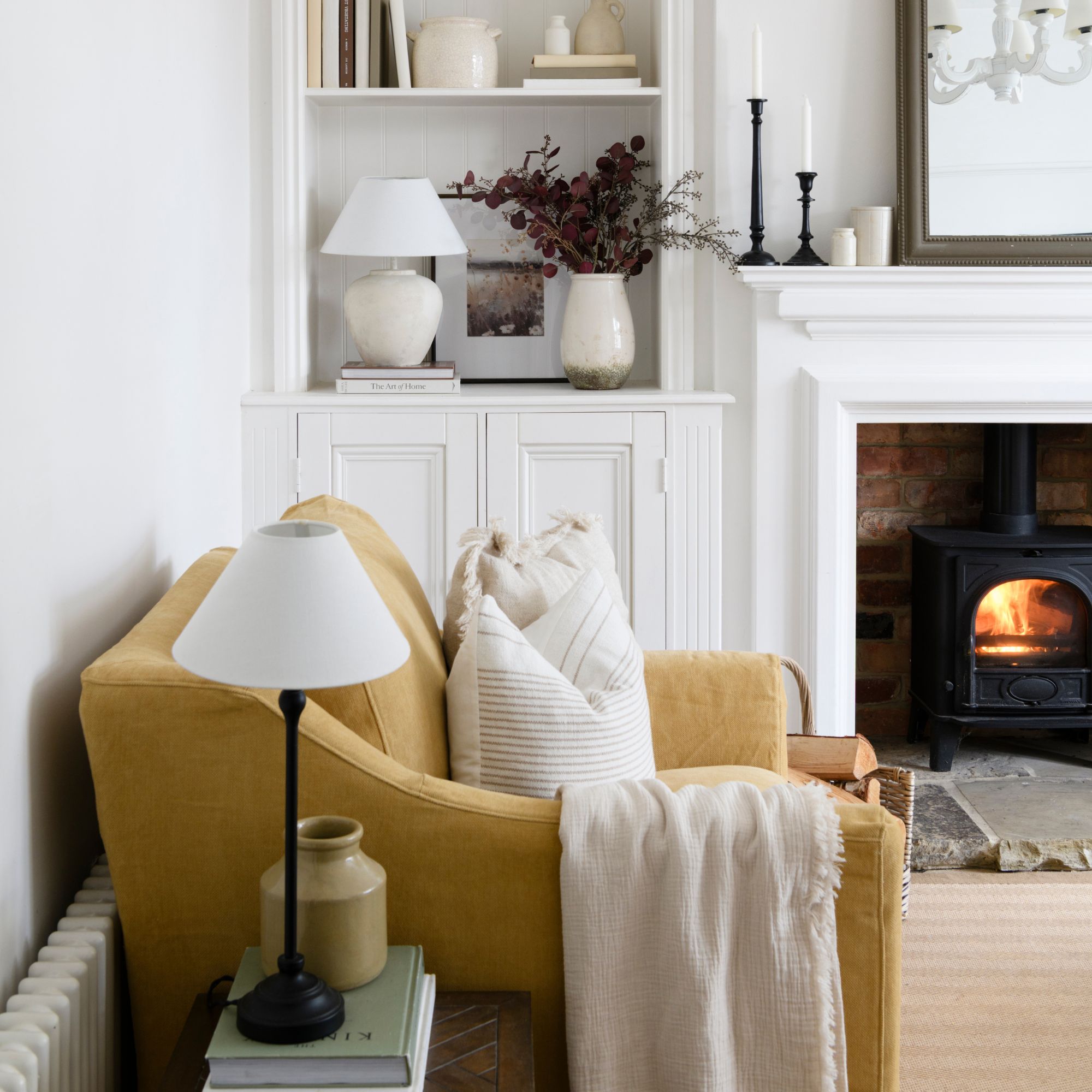
The professionals at Factory Direct Flooring spoke to Henry Paterson, Cleaning Expert at Housekeep, about how this hidden dirt and debris can ultimately lead to damp carpets. He said, ‘Carpets can end up harbouring bacteria and other nasties that are trampled in from elsewhere. They can also end up trapping moisture within the fibres. There are also mould spores in the air naturally, which can land and settle on carpets.’
He adds, ‘Add moisture from spillages to the equation - which aren't always cleared up correctly - and it's not surprising that carpets can become a hotspot for mould growth.’ Because of this, it’s well worth upping your vacuuming schedule to prevent damp carpets. Personally, I vacuum high-traffic areas of my home every other day during the colder months, and the lower-traffic areas every few days.
3. You’ve cleaned too much
On the flip side, cleaning your carpets too much can also lead to damp - but you’ll be happy to know that it's not possible to vacuum too much. You can use the best carpet cleaners and the best steam cleaners incorrectly, though.
For starters, using a steam cleaner on carpet may be one of the best ways to kill any lingering germs or bacteria, but the high-pressure (and high-temperature) steam can quickly make your carpets damp if you’re not careful. Because of this, you need to make sure that you choose a model that comes with a carpet glider - like the Vileda Steam Mop Plus - and limit how long you allow the steam to work its magic.
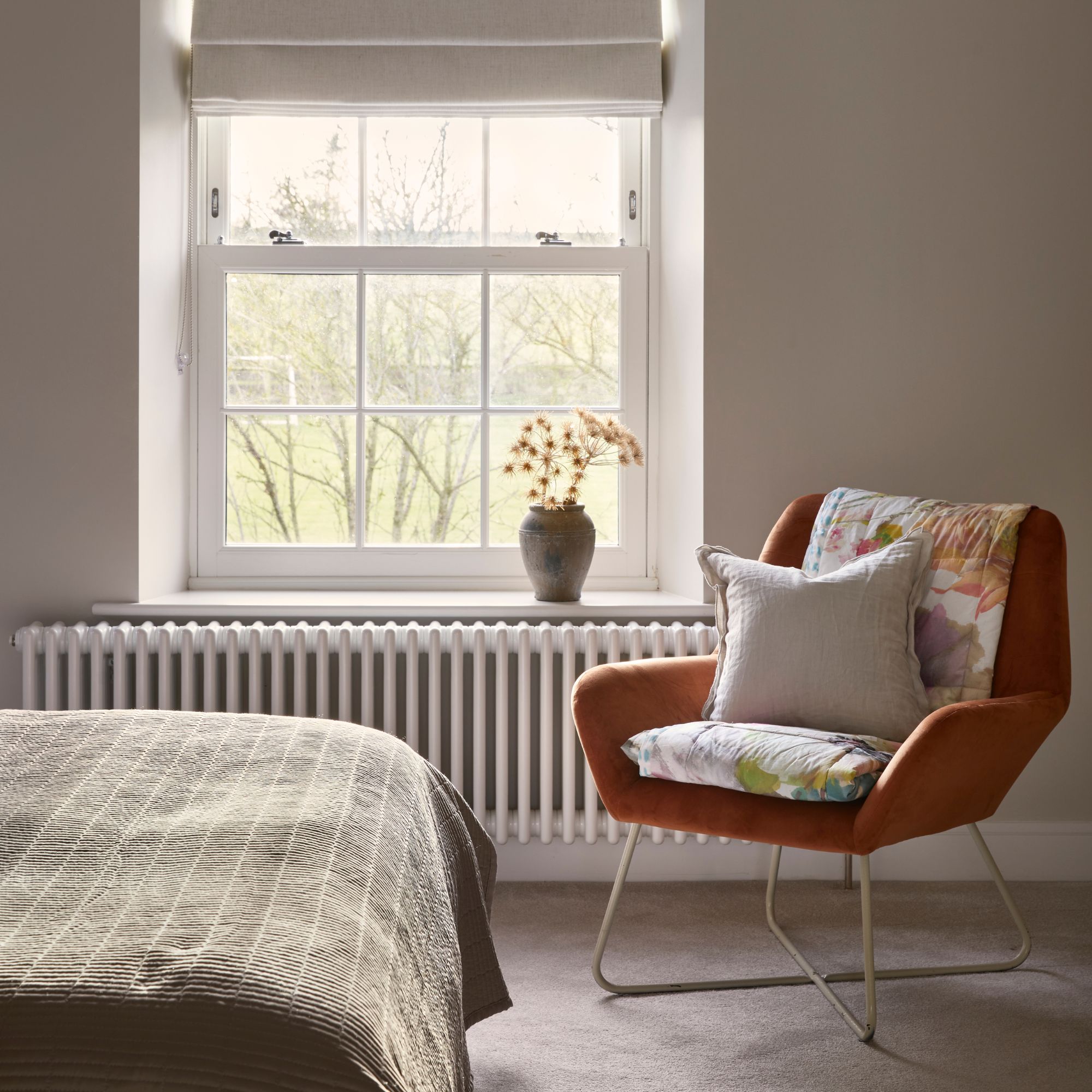
The same can be said when you clean your carpets with a carpet cleaner. And while there’s no avoiding getting your carpets wet when cleaning them with this machine, they should ideally be dry within 12 hours. If they’re not, you might need to tailor your technique or buy a machine that comes with a ‘Dry Only’ mode - like the Vax Platinum SmartWash Carpet Cleaner.
When using either a steam cleaner or carpet cleaner, you should ensure that your home is properly ventilated. Use fans and dehumidifiers where possible to speed up the drying process and prevent prolonged exposure to moisture, which could eventually lead to damp.
4. There’s a leak or spill
Home maintenance is a never-ending cycle of problems, but it’s important to note that these issues can often lead to damp carpets. This is especially true if there’s been a leak or spill in the house, as sometimes these incidents can go under the radar - especially if there’s a problem with the exterior of your property.
In fact, issues like leaky gutters and cracked render can lead to damp carpets, as dripping water can fall onto them, and excess moisture can seep into the house. But that’s not all, as it’s also worth keeping an eye out for appliance leaks if you regularly use dehumidifiers or portable air conditioners in carpeted rooms.
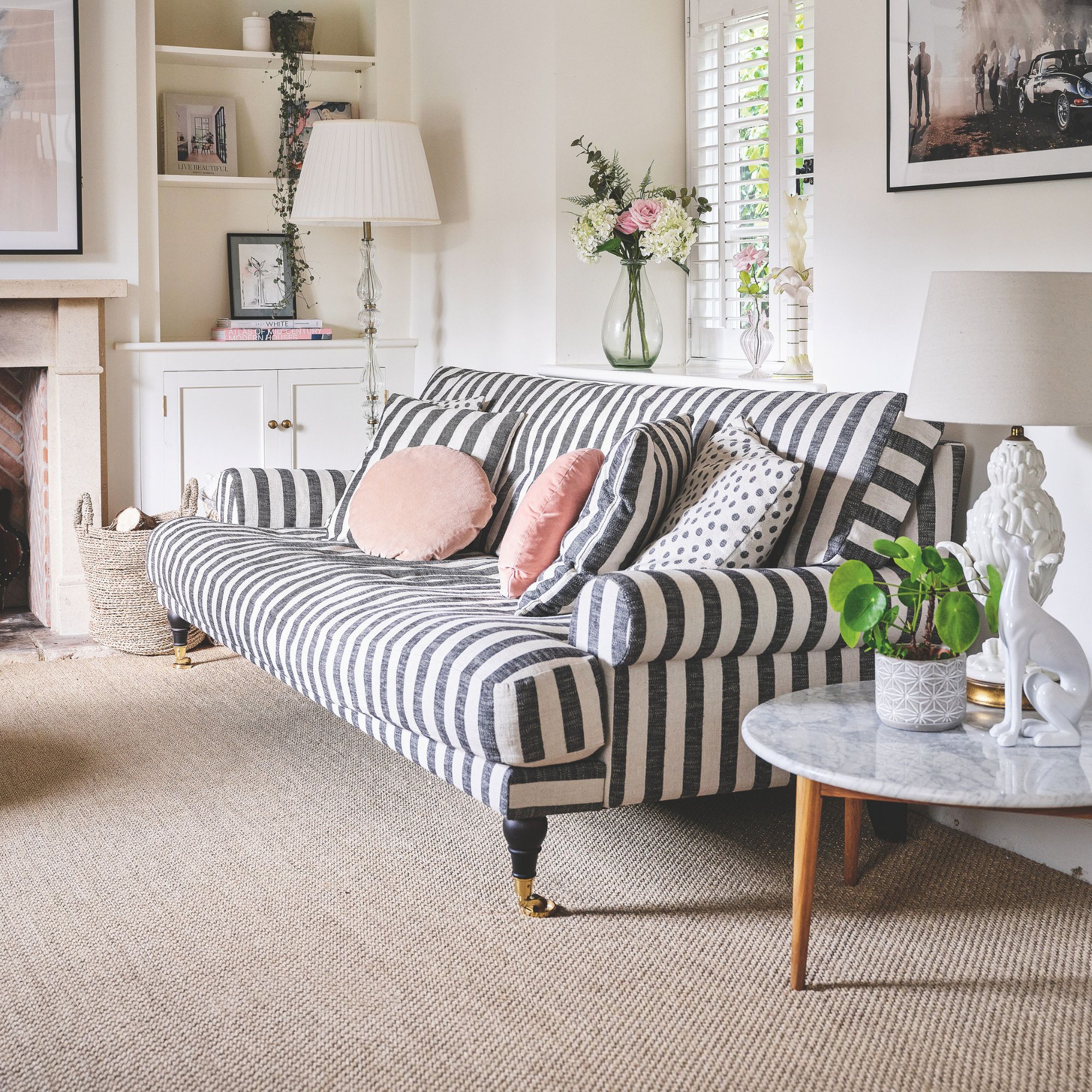
You should also act fast to fix leaking radiators and soak up any spills as they happen. Sometimes, something as simple as a spilt cup of tea can cause bigger problems down the line if you have particularly absorbent carpets. That’s why I’d always suggest following the ultimate stain removal golden rule and tackling spills as soon as they happen.
Personally, I swear by the Shark Stainforce Spot Cleaner for those moments, as this cordless spot cleaner can suck instantly suck up any spills before they seep down into the carpet fibres and potentially cause a build-up of mould and bacteria.
5. You have rising damp
While the odd leak is easy enough to fix, prolonged leaking and construction issues can lead to serious (and more expensive) damage and damp problems. There are also so many different types of damp out there, which doesn’t make the situation any easier.
Construction expert Natalie Mitchell at HomeHow.co.uk explains, ‘Damp may also form due to damage to the roof, guttering, or pipes. This can cause leaks, rot, and mould. Damage to rendering may also cause penetrating damp.’ Many of these types of damp can also lead to damp carpets, as they result in excess moisture in the home.
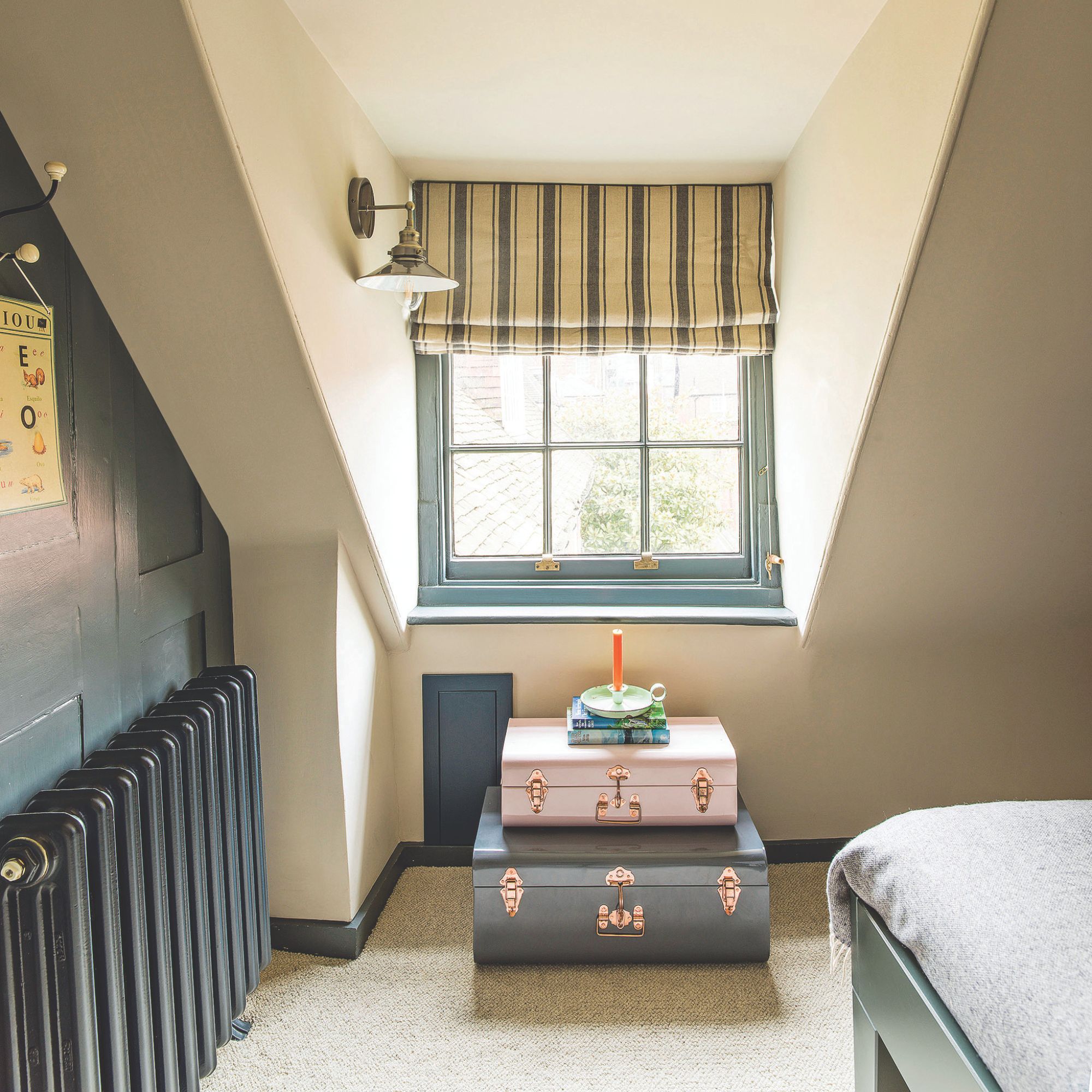
The most serious of the lot, however, is rising damp. This damp rises from the ground through the capillaries in your walls, leeching out to your floorboards, skirting boards, and your carpet fibres, and ultimately making your carpets damp in the process.
Sadly, there isn’t a quick fix if you have rising damp. You’ll need to contact a professional who will advise on the best course of damp proofing, which is typically a chemical damp-proof course or the fitting of a damp-proof membrane. In the meantime, though, it’s well worth using a dehumidifier and improving ventilation in your home.
What to buy
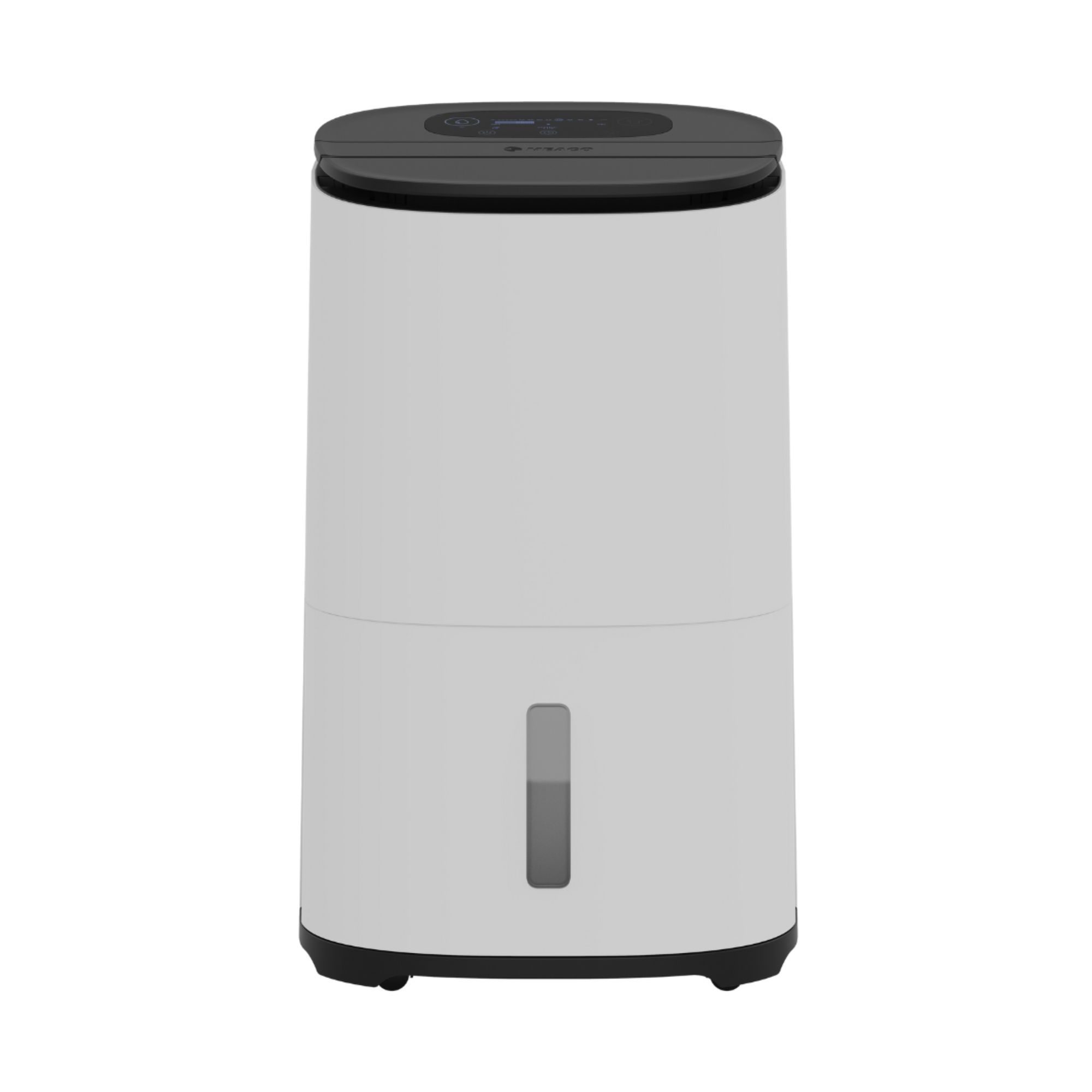
Crowned the 'best overall' dehumidifier in our guide, this model also serves as an air purifier. It comes in multiple sizes to suit your home and needs, and offers smart connectivity to help you keep on top of the moisture levels in your home.
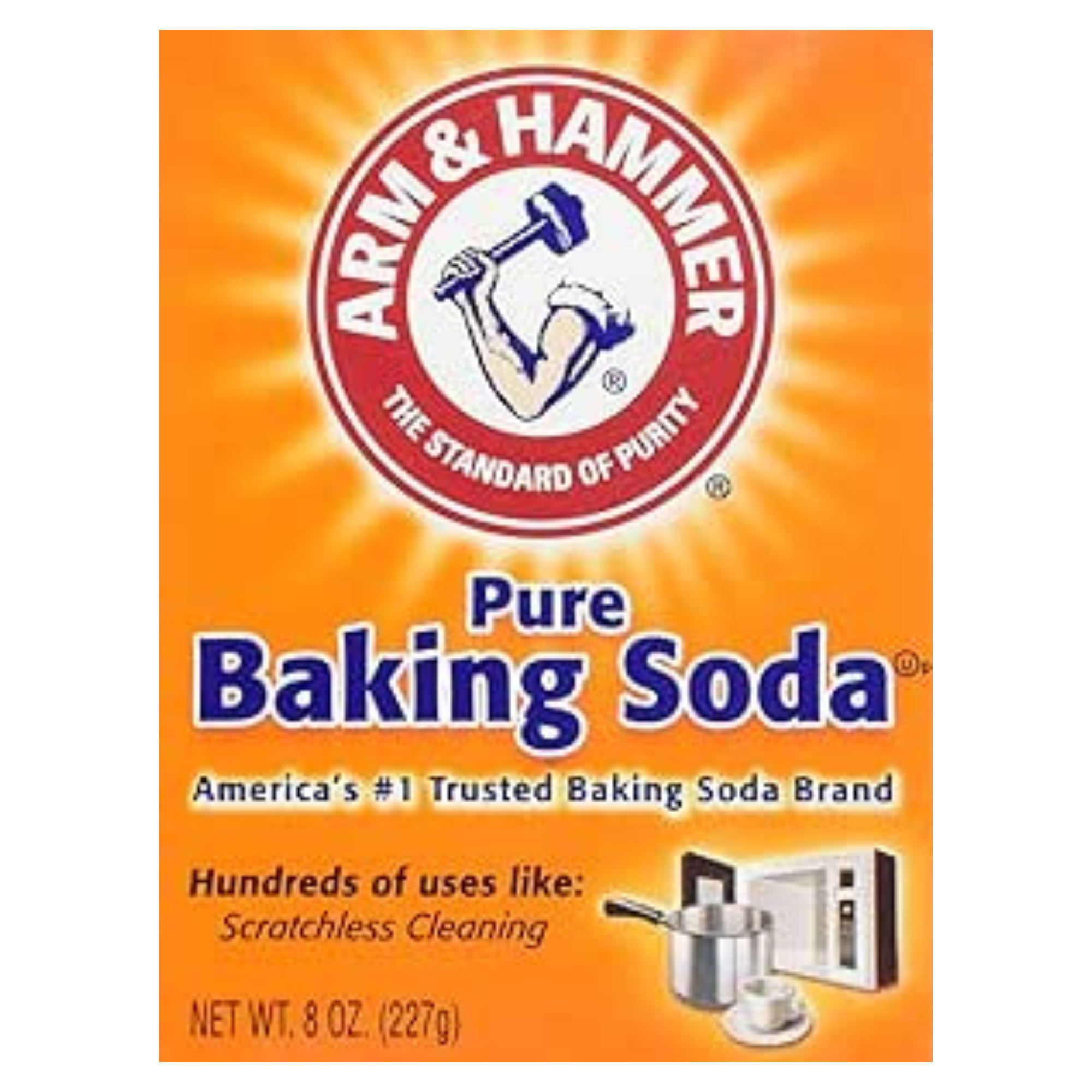
Bicarbonate of soda is undoubtedly one of the best cleaning products you can buy, and it's also ideal for drying out damp carpets. Not only will it absorb excess moisture but it'll also absorb any musty odours. Simply sprinkle on, leave for 15 minutes, and vacuum up.
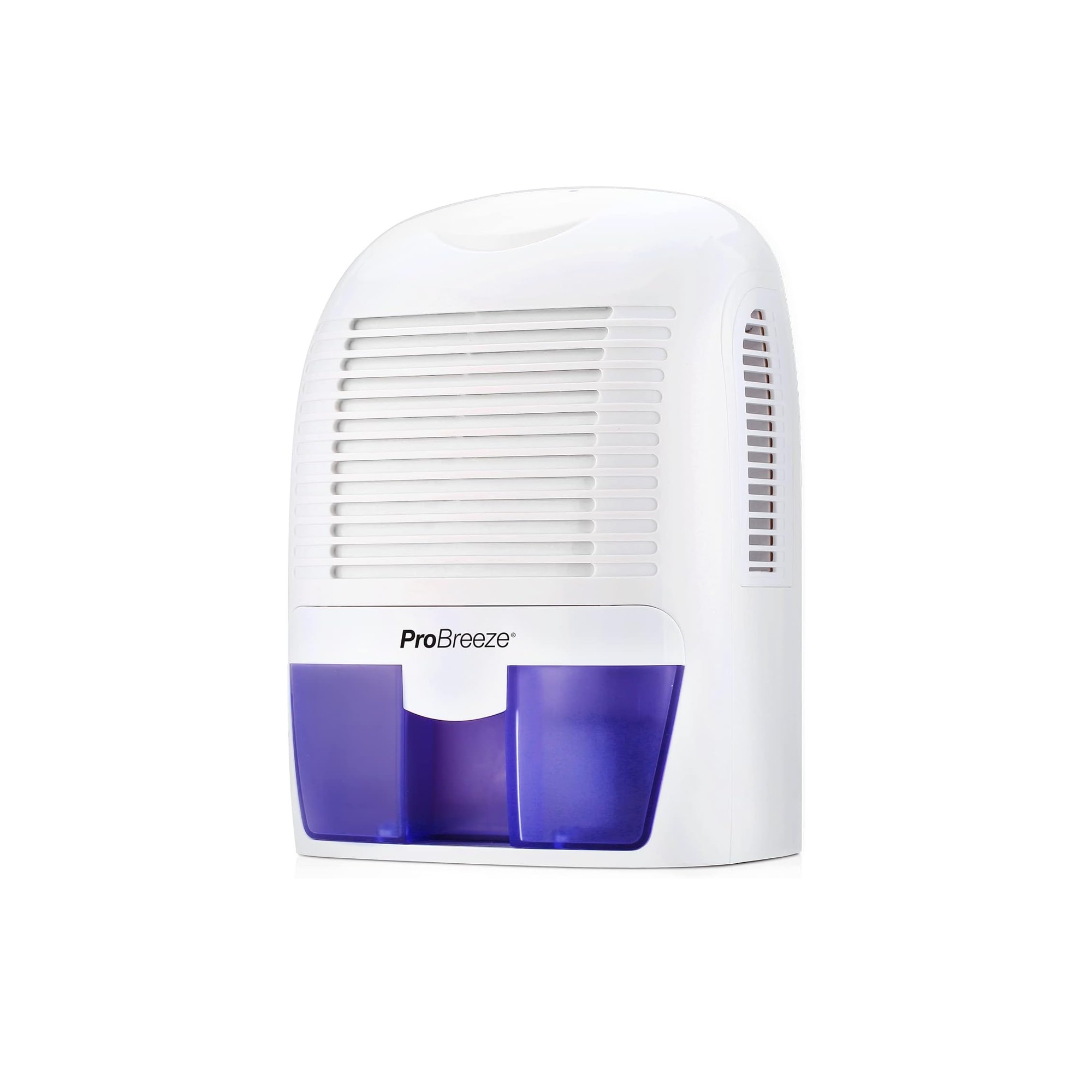
This dehumidifier is officially our top-rated dehumidifier under £100, and is capable of reducing moisture in a 15m² area. It also has extremely low running costs, and is perfect for popping on your carpets if you notice that they're more damp than you'd like.
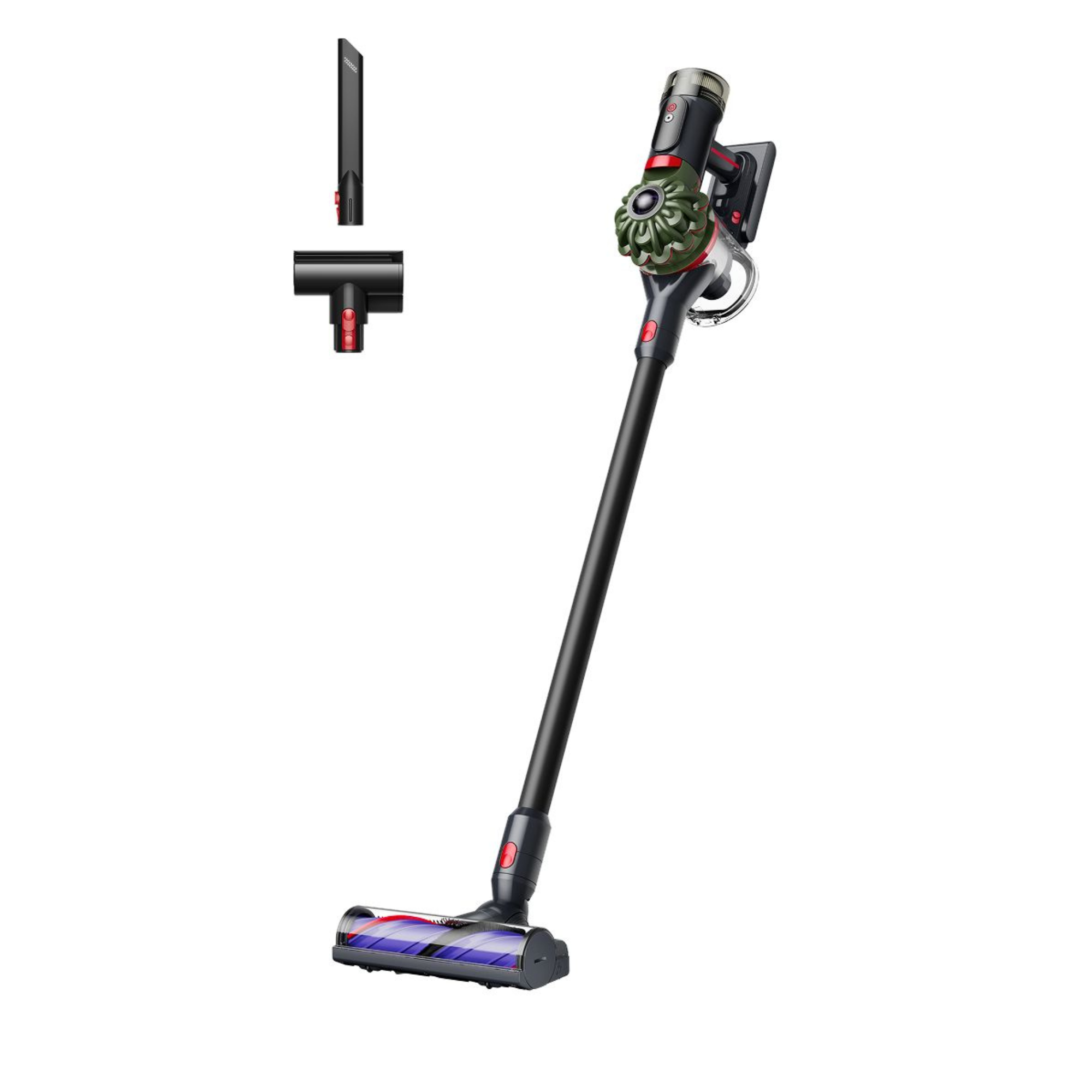
This budget-friendly Dyson vacuum is one of my new favourite vacuums, and during testing, I found that it excelled on carpet. Because of this, I think it'll be your perfect companion when keeping your carpets clean and damp-free.
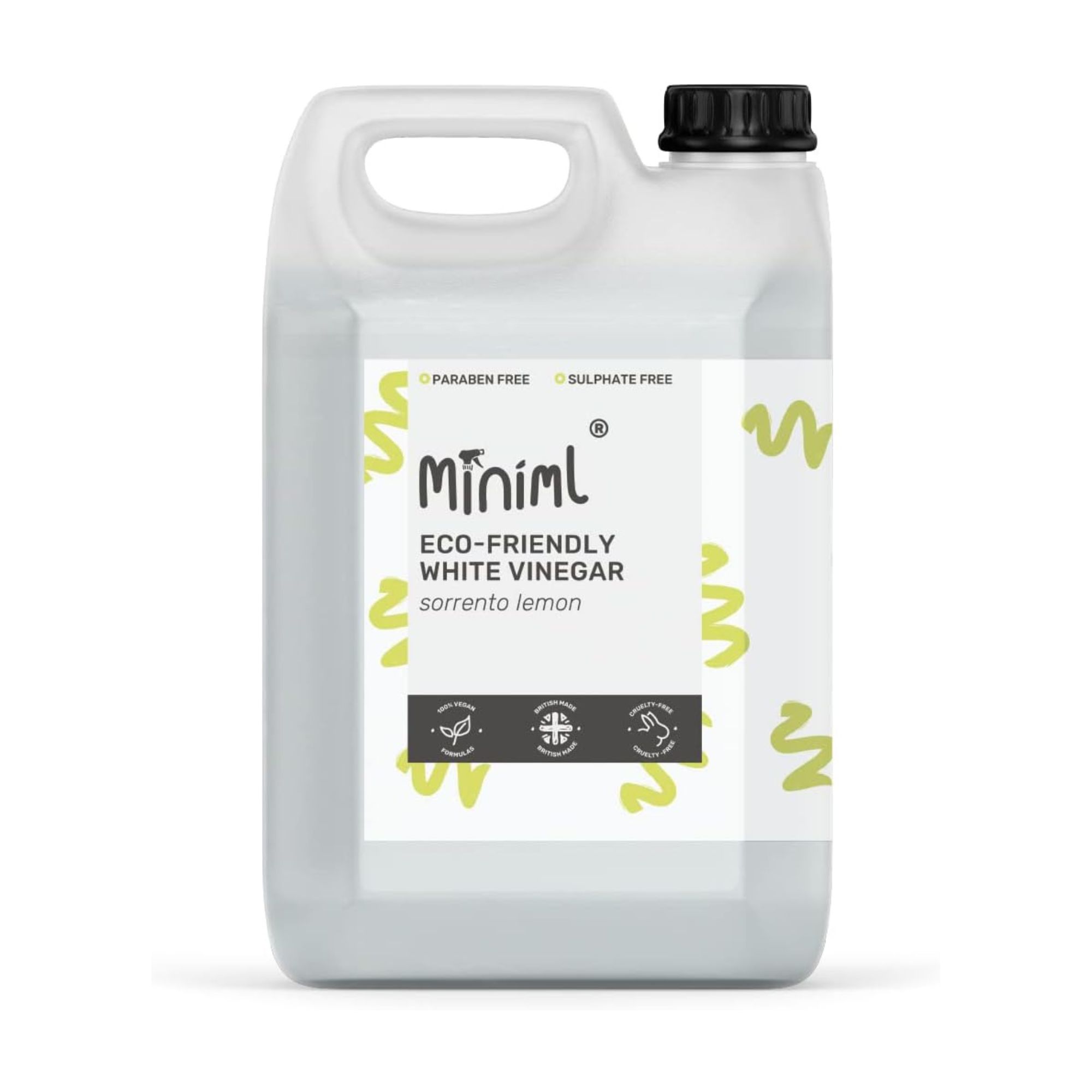
If you already have mould in your carpets, simply spray equal parts water and white vinegar onto your carpets and allow it to sit for 15 minutes. Blot up any excess liquid, let it dry, and then vacuum to ensure your carpets are as good as new.
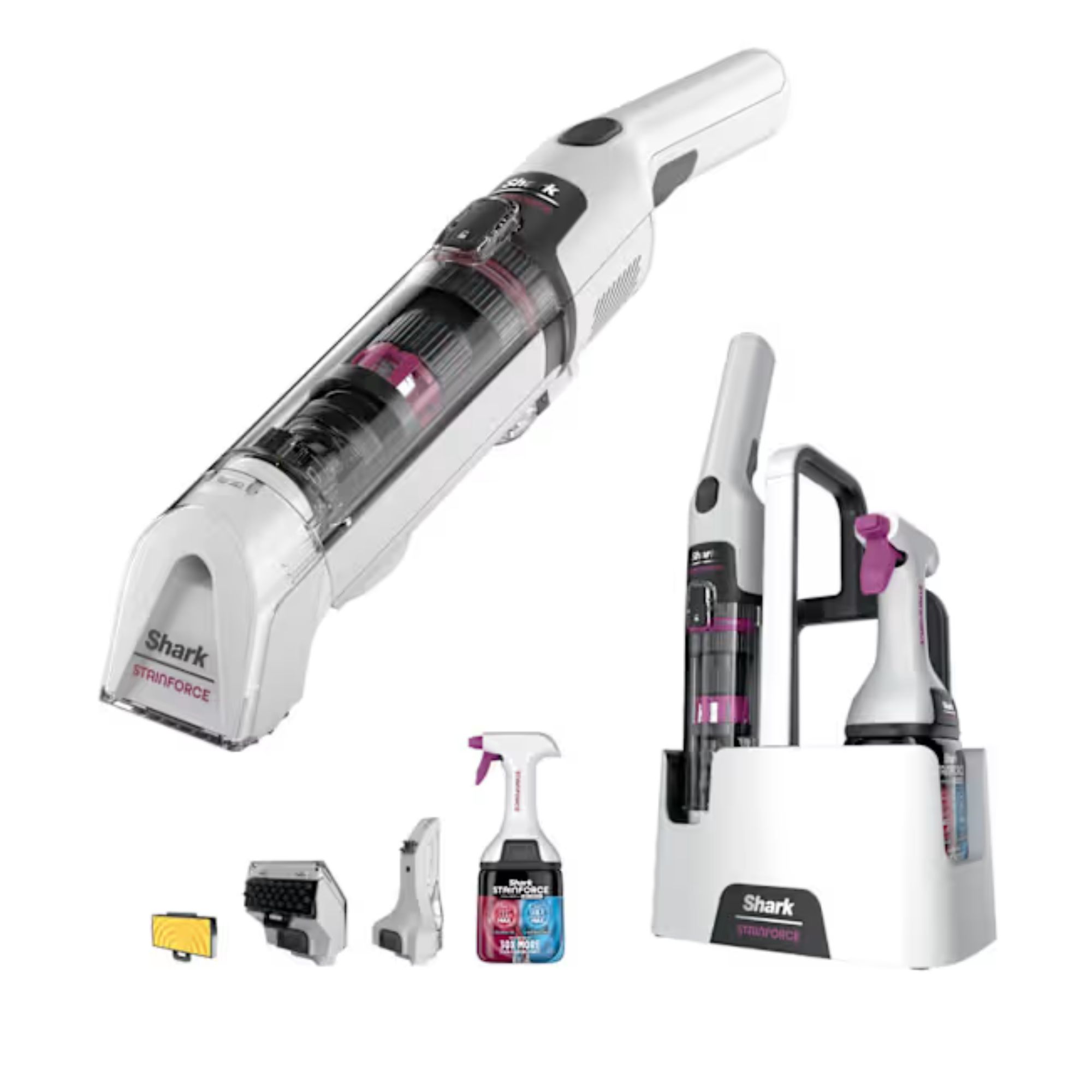
To prevent damp carpets in the future, it's always worth keeping a spot cleaner to hand. This cordless grab-and-go model is perfect for quickly sucking up any spills before they have the potential to cause further damage.
FAQs
Will a dehumidifier get rid of damp carpet smell?
Technically, no - but it's not as simple as that. By design, dehumidifiers do not get rid of smells, but they do combat the problem that causes the smells.
In this case, a dehumidifier will pull out excess moisture from the air and your carpets, which should prevent any future mould build-up. This should then get rid of the musty, damp odours coming from your carpets.
If you continually notice a smell, though, it's well worth using bicarbonate of soda to dry out any lingering moisture or odours. Simply sprinkle it over your carpets, leave it to settle for 15 minutes, and then vacuum up.
How to tell if there is a leak under carpet?
If you're concerned there's a leak under your carpet, there are many signs to look out for. It's important to act fast and call a professional if you spot any of the below:
- Damp, cold carpets
- Musty odours
- A spongy texture
- Discolouration
- Warped skirting boards/floorboards
Hopefully you'll never have to deal with damp carpets, but it's still worth understanding what can cause them - and what to do to solve it.

Lauren Bradbury has been the Content Editor for the House Manual section since January 2025 but worked with the team as a freelancer for a year and a half before that. She graduated with a Bachelor’s degree in English and Creative Writing from the University of Chichester in 2016. Then, she dipped her toe into the world of content writing, primarily focusing on home content. After years of agency work, she decided to take the plunge and become a full-time freelancer for online publications, including Real Homes and Ideal Home, before taking on this permanent role. Now, she spends her days searching for the best decluttering and cleaning hacks and creating handy how-to guides for homeowners and renters alike, as well as testing vacuums as part of her role as the Ideal Home Certified Expert in Training on Vacuums, having spent over 110 hours testing different vacuum models to date!
You must confirm your public display name before commenting
Please logout and then login again, you will then be prompted to enter your display name.